Format and Rules
(For a general overview of what orienteering is about click here).
• The courses will be line courses (point to point). Competitors must visit all controls (checkpoints) in the order specified by the course setter (competitors still have choice on how to approach and navigate between controls). SPORTident electronic timing will be used for all Urban events (SI stick hire will be available at all events).
• There will be two different length courses offered at each event. The Short course will be approximately 2 - 2.5 km in length while the Long course will be approximately 4 - 5 km in length (where possible). A non-competitive introductory Mini course around 1km will also be offerred.
• Start times for the events will be between 4:45pm and 6:15pm. Course closure will be 7pm. Please choose a start time to ensure you will finish by this time. (The organisers need to pick up controls after this).
• The UFO Series will consist of four (4) events. The first three (3) events will be qualifying events. A competitor’s best two (2) completed events (not including a mispunch or DNF) in the same course will be tallied to produce a qualifying score. On the basis of this score competitors will be placed into grades for the final (see Calculating the Grades*).
• Scores for each qualifying event will be calculated as a ranking. 100 points for the first place, 99 for second, 98 for third and so on. The ranking method will apply to both the Long and Short courses. If a competitor mispunches, does not finish (DNF) or is disqualified (DSQ) they will be allocated 1 point. (The mini course is not competitive and will not be ranked).
• In the Final event competitors will run in their allocated grade*. Results from this event will determine the overall placing in each grade. Competitors that do not qualifiy for the Finals will still be able to enter either course but will not be eligible for a prize.
• To encourage event organisers, course setters and vetters will be allocated an average score of their successfully completed events for the event where they were an official. Thus they will not be disadvantaged by the scoring system.
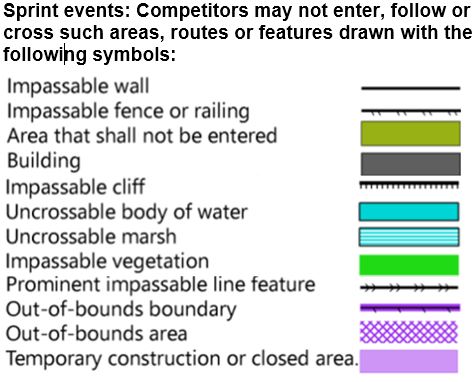 • Disqualification will be recorded in a competitor's result (at the discretion of the series co-ordinator) if they are observed or reported to have crossed an impassable/uncrossable feature (as shown in the sprint orienteering map symbols) or entered private property or other areas marked on the map as out of bounds.
• Disqualification will be recorded in a competitor's result (at the discretion of the series co-ordinator) if they are observed or reported to have crossed an impassable/uncrossable feature (as shown in the sprint orienteering map symbols) or entered private property or other areas marked on the map as out of bounds.
• All competitors must report to the finish (so that search parties are not sent out!)
• Any queries should first go to the organiser for the day and then if necessary to the series organiser.
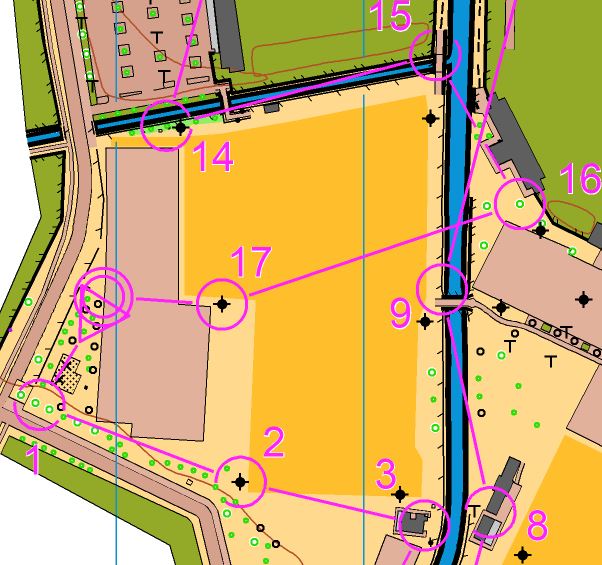
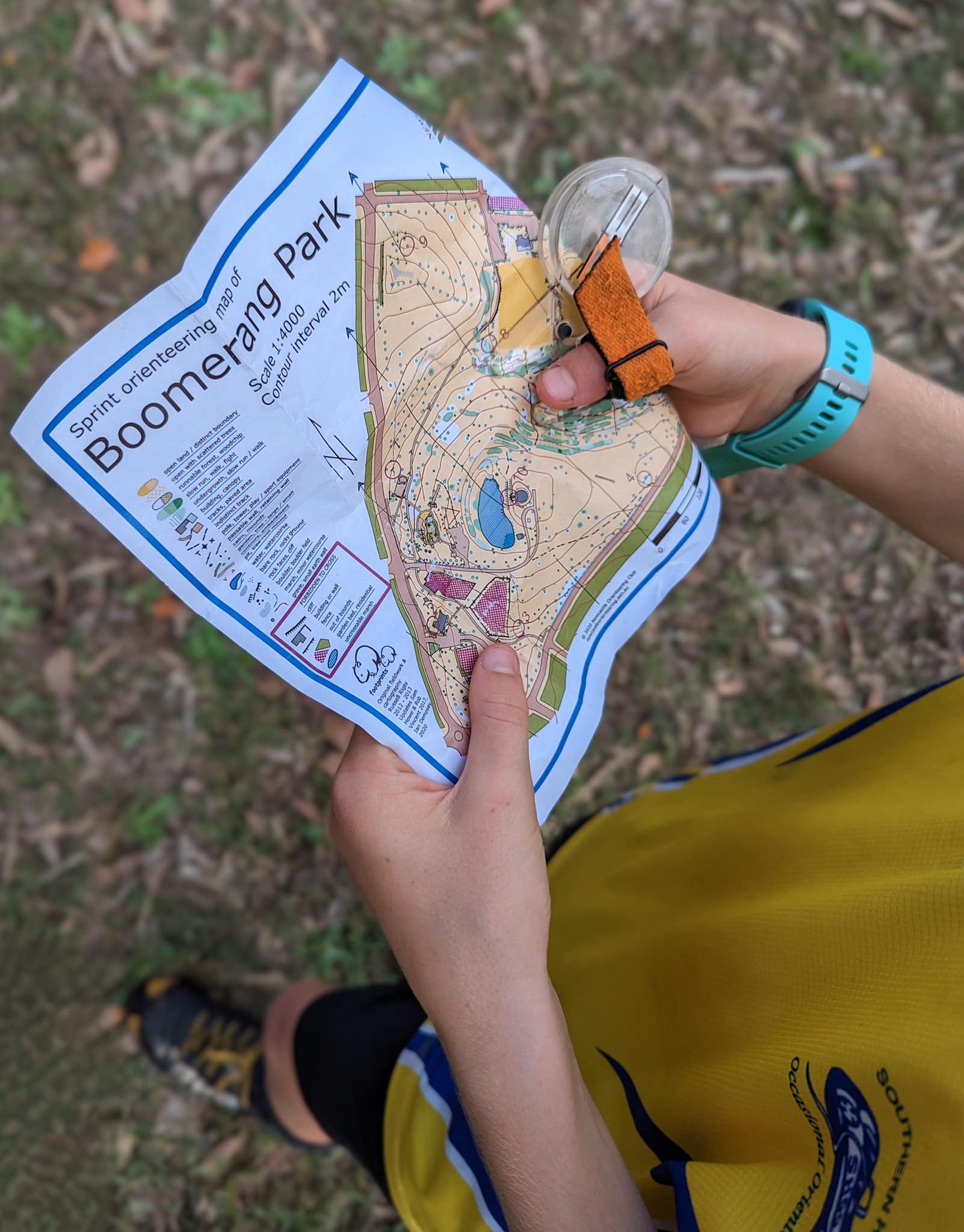
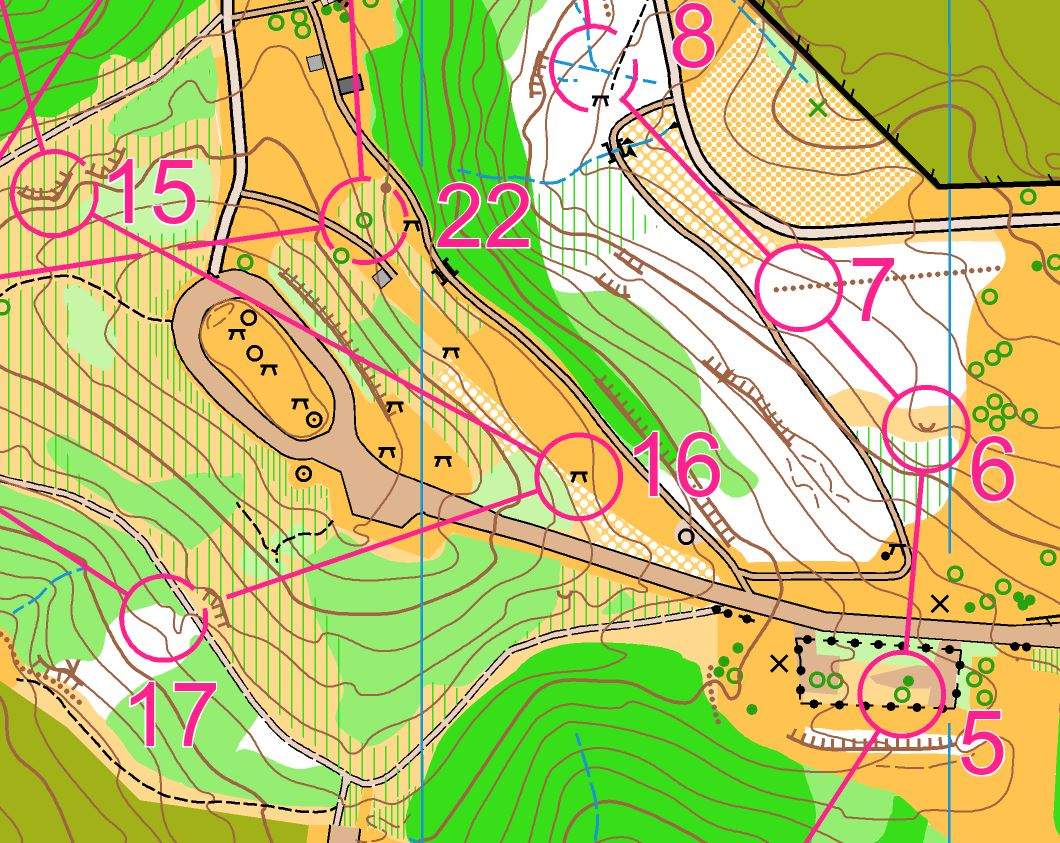

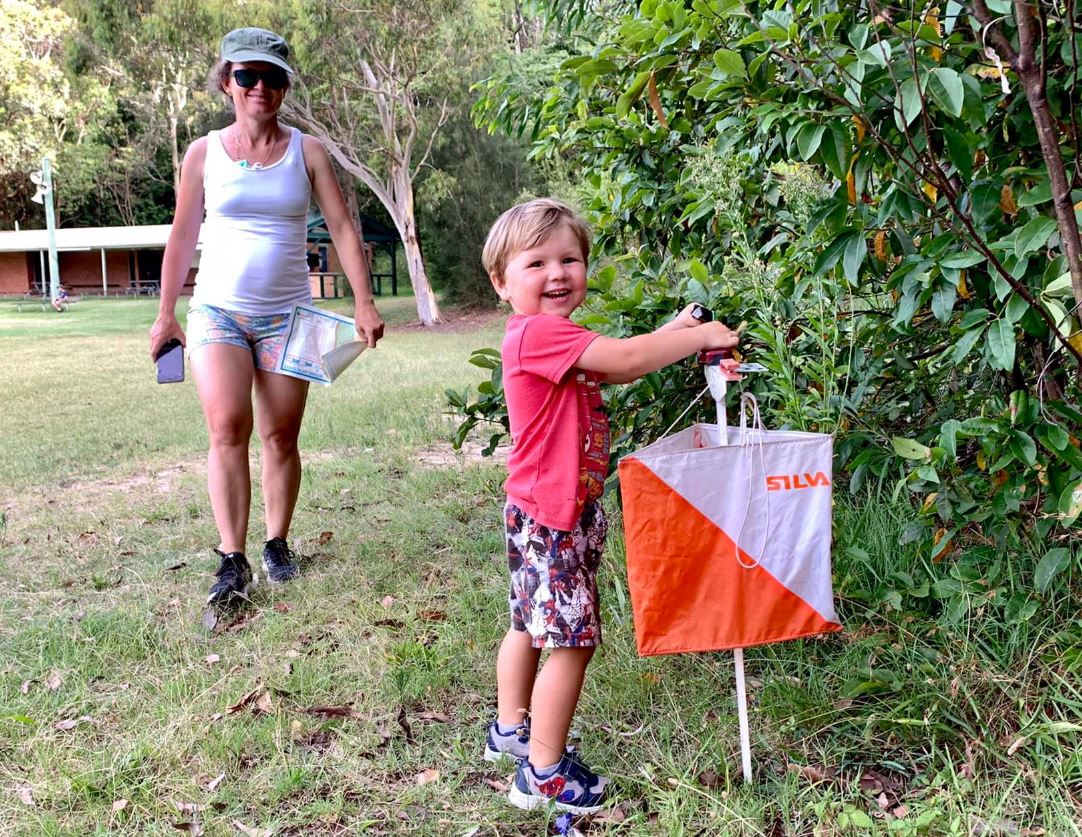
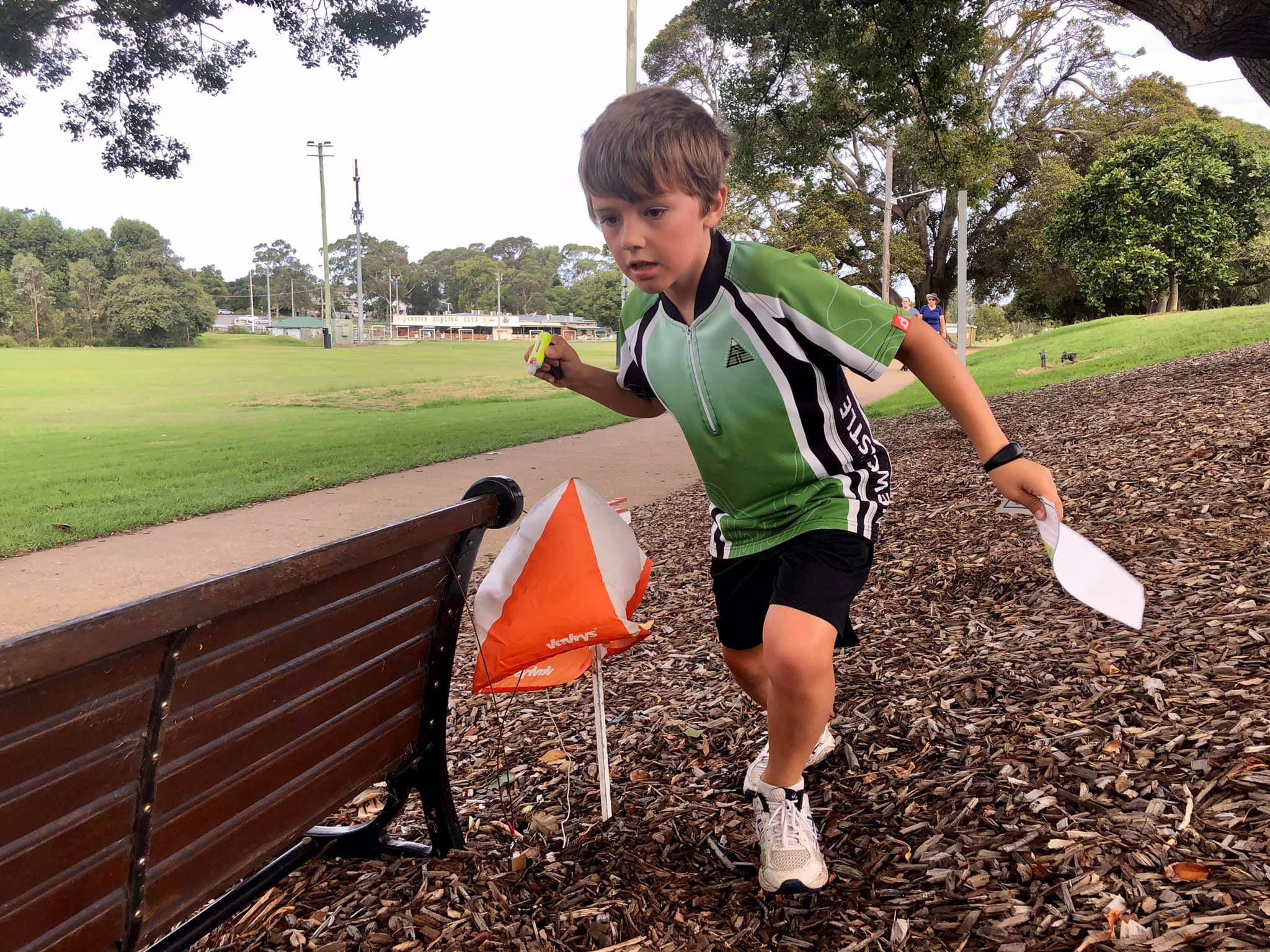
*Calculating the Grades
The grades for the Urban Foot Orienteering Series Final will be determined as follows:
• The grades for each course (i.e the Long course and the Short course) will be determined separately.
• After the conclusion of the qualifying rounds the competitors will be ranked according to their best two results. From these rankings the competitors will be put into grades.
Note: Competitors must have successfully completed at least two rounds on the same course to qualify.
• For each course the number of grades used will depend on the number of qualifiers as follows:
| Number of Qualifiers | Number of Grades |
| 0-19 | 1 |
| 20-35 | 2 |
| 36-51 | 3 |
| 52-64 |
4 |
| 65-80 | 5 |
| 81-96 | 6 |
• The numbers within each grade will be as even as possible with the excess going into the lower grades first.
For example if the long course has 43 qualifiers, then there will be 3 grades, A, B and C, with 14 in A grade, 14 in B grade and 15 in C grade. If the long course has 44 qualifiers then the numbers would be 14 in A grade, 15 in B grade and 15 in C grade. And so on.
Click here for a history of the Urban Series.





